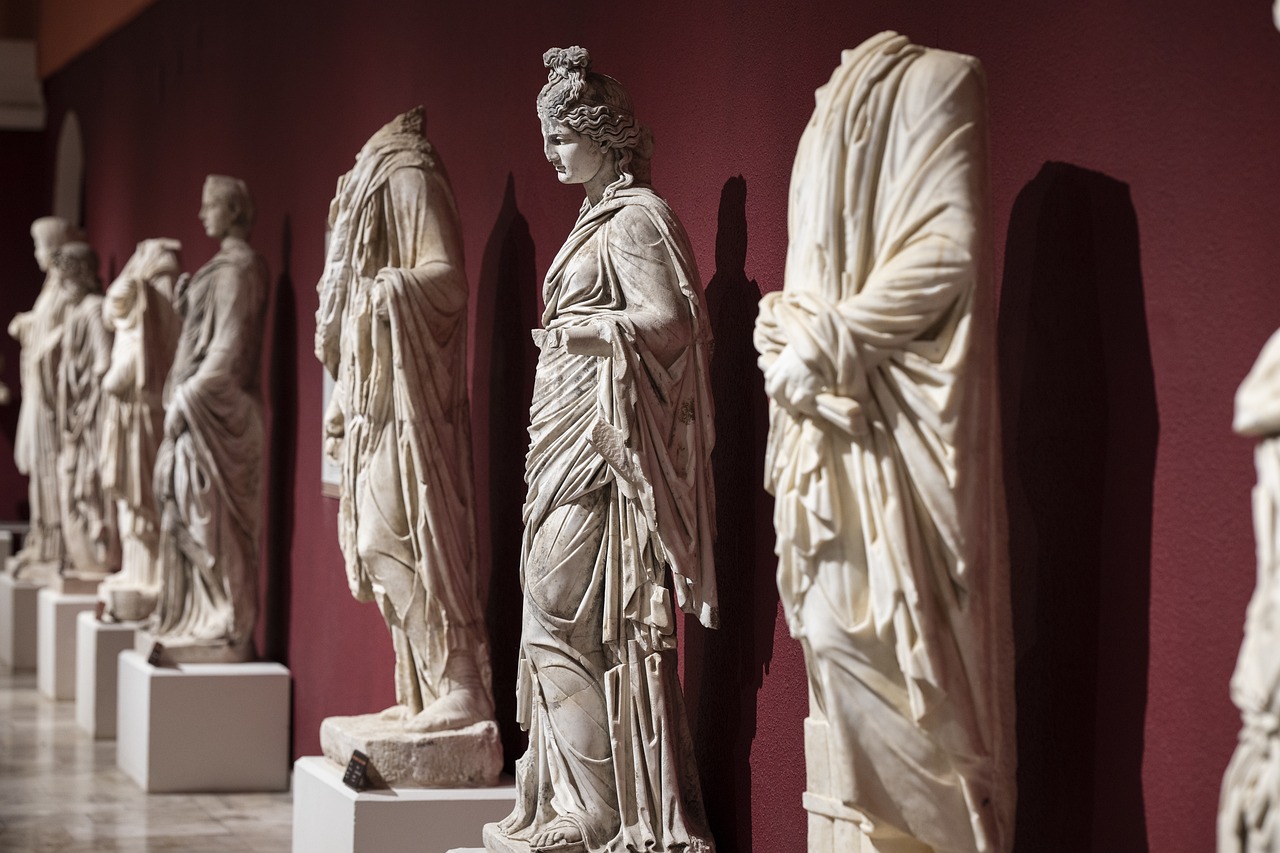Myths and Their Significance
Myths represent a vital aspect of traditional narratives that delve into the foundational history of cultures. These stories strive to address fundamental inquiries about existence and natural phenomena, often entwined with the religious beliefs of their respective societies. Each culture typically harbors a creation myth, elucidating the origins of the universe and its wonders. While some myths reference real locations or historically-existing societies, their core objective is often to interpret natural events, frequently involving supernatural characters, including gods and demigods. For instance, Greek myths were crafted to rationalize seasonal changes and mythical weather events while simultaneously reflecting ancient Greek values and worldviews.
Features of Myths
The essence of myths lies in their rich characterization; the defining traits of characters play a pivotal role, uncovered through their behavior, dialogue, and others’ perceptions of them. These figures confront universal human experiences such as love, rivalry, mortality, and ambition. They frequently interact with divine entities and lesser deities, blurring the lines between the mortal and the immortal. Notably, the deities embody human-like emotions and possess extraordinary abilities. Today, many of the themes, lessons, and symbols derived from these myths continue to resonate within Western culture.
Mythology encompasses a vast array of myths, which can be categorized into four specific groups: Animal Mythology, Creation Mythology, Hero Mythology, and Death or Underworld Mythology. Upcoming weeks will bring opportunities to explore each of these mythological varieties, featuring engaging activities tailored to deepen understanding.
Loki: The Norse Trickster God
Loki stands out as a prominent trickster figure in Norse mythology. Traditionally recognized for his mischievous tendencies, Loki is described as having giant lineage. He is the son of Fárbauti and Laufey, with some sources suggesting he is fully giant. Notably, Loki possesses the extraordinary ability to transform into various forms, including a salmon, horse, seal, fly, or even an elderly woman.
Interesting Facts about Loki
In Old Norse, Loki translates to “close.” He frequently outsmarted dwarves, leading to a confrontation that resulted in his mouth being stitched shut to silence his insults. Moreover, Loki is the progenitor of several notable figures: Hel, the goddess presiding over the realm of the dead; Fenrir, the formidable wolf demon; and Jormungandr, known as the world serpent.
Among his numerous exploits, Loki famously pilfered Freya’s cherished amber necklace, leading to a confrontation with Heimdall, from whom it was ultimately repossessed. Additionally, he tricked the blind Hod into slaying Baldur using mistletoe and faced torment from a venomous snake placed above him until Ragnarok.
Loki’s Assistance to the Gods
Loki’s initial act of aiding the gods occurred during the construction of Asgard. Facing financial constraints, the gods had constructed only a wall, prompting Loki to propose that a giant complete the task for them. The giant, however, requested the Sun, the Moon, and Freya as compensation, drawing the gods’ concern. Loki assured them that the giant would be unable to finish on schedule. To thwart the giant’s progress, he transformed into a mare and seduced the giant’s stallion, Svadilfari. As a result, the giant failed to meet his deadline, which ultimately led Thor to defeat him with a hammer when he attempted to kidnap Freya.
Creative Activities in Viking Heritage
Crafting an Oath Runes Bracelet
The Vikings left behind extensive material written in Old Norse, a runic alphabet that predates the Latin alphabet. Considered to possess significant power for healing and protection, words were believed to be critical, wielded by skilled Rune Masters in their rituals. An oath bracelet symbolizes commitments made during ceremonies of agreement in marriage or business.
Materials Needed:
- Flat wooden beads
- Black marker or fine paintbrush with black acrylic paint
- String or stretch Magic beading cord
Instructions:
- Decorate your beads based on chosen Rune symbols and their meanings.
- Allow the paint to dry, then string the beads together.
- Tie the ends securely to complete the bracelet.
Creating a Viking Crystal Light Catcher
The legend suggests the Vikings utilized unique crystals to navigate under cloudy skies, although the exact stones remain undiscovered in archeological sites. A crystal found in a shipwreck might possess characteristics of these mythical “sunstones.”
Materials Needed:
- Borax
- Boiling water
- Glass mason jar
- Green and white pipe cleaners
- String
- Pencil
- Food coloring
Directions:
- Shape pipe cleaners into desired forms replicating Rune symbols.
- Combine ½ cup of Borax with 3 cups of boiling water in the jar until dissolved.
- Add food coloring if desired and lower your shaped pipe cleaner into the solution, ensuring it does not touch the jar’s bottom.
- Allow the jar to sit undisturbed until the crystal formation is complete.
Viking Bread Recipe
Ingredients:
- 3 cups whole wheat flour
- 2 cups all-purpose flour
- 1 tsp baking soda
- 1 tsp salt
- 2 cups water
- ¾ cup rolled oats (additional for topping)
- Honey
Instructions:
- Mix all dry ingredients and add water.
- Combine until the dough can no longer be mixed, then knead until smooth.
- Shape the dough into a round form, sprinkle with reserved oats, and place in a cold oven.
- Set the oven to 375 degrees Fahrenheit and leave for one hour.
- Once baked, allow to cool slightly, then enjoy with honey.



